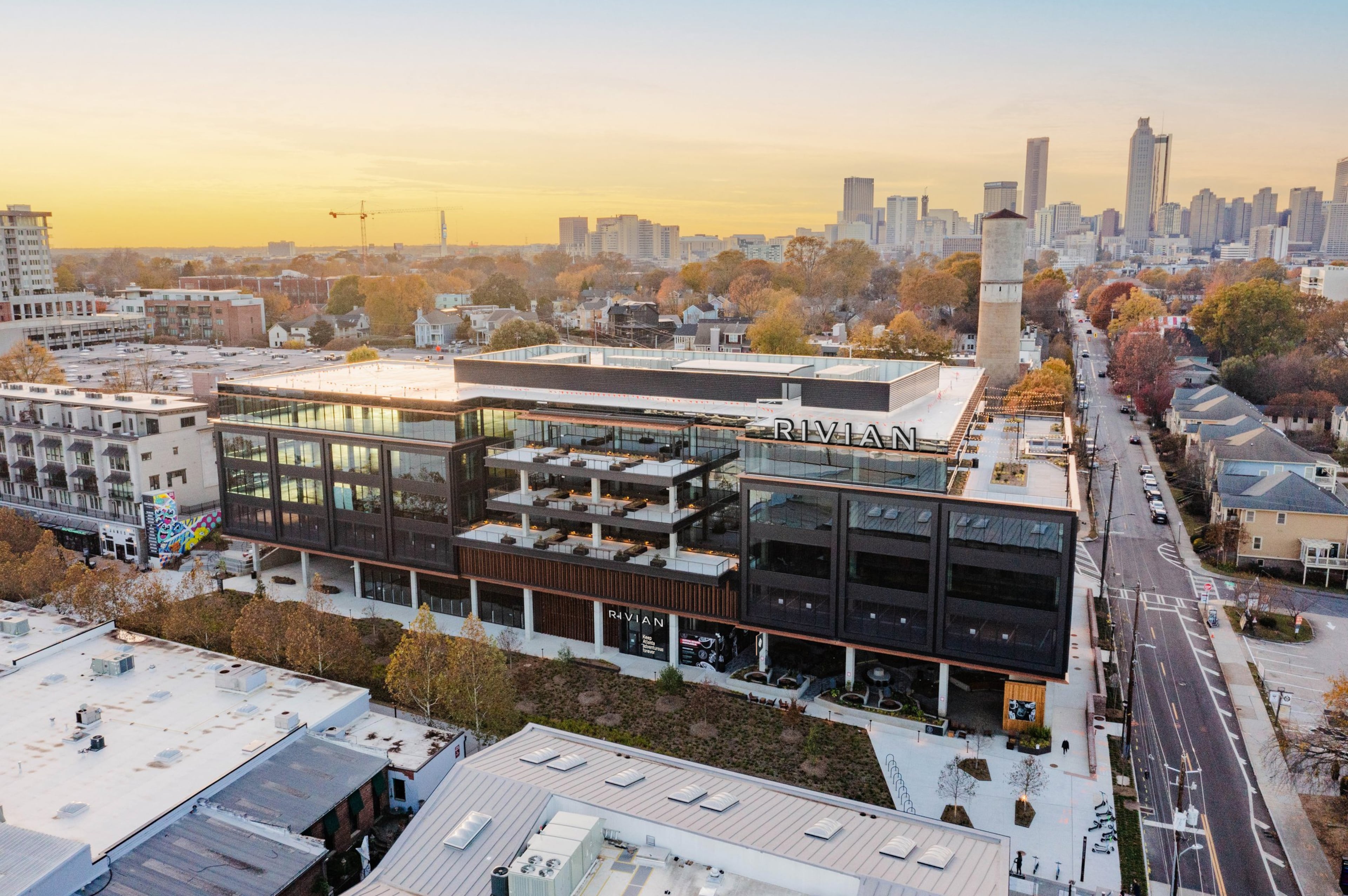I found something unexpected on Porsche’s Atlanta test track: Redemption
I still remember the deep bruising across my lap where a seat belt stopped me from being thrown out of my hydroplaning car into the sopping brush off I-85.
Seven years ago, I was driving from my hometown, Cataula, near Columbus, to start my first postgraduate job at this very news organization. Young and overconfident, I disregarded the pouring rain, set my cruise control and quickly learned I was unprepared for the consequences. Those included a totaled car and a wounded ego.
Those memories came flooding back when Marc Piscitelli, assistant chief instructor at Porsche’s Atlanta experience center, walked me toward a luxury 911 sports car. This time, my job was to hydroplane on purpose — and Piscitelli was determined to help me avoid repeating my mistakes.
“If you’re in the real world and you hydroplane, you can’t be prepared. It kind of just happens,” he said. “This will teach you how to recover in an instant.”
The two of us spent a 90-minute session maneuvering the high-octane vehicle throughout a test track at the experience center, which is celebrating its 10th anniversary in south Atlanta this summer. The roughly 60-acre facility near Hartsfield-Jackson Atlanta International Airport features Porsche’s North American headquarters, a fine dining restaurant, a restoration facility, a gallery with vintage vehicles and two test tracks.
Piscitelli took me through the ringer on Porsche’s south track, which includes a half-dozen skill building modules. Some focus on showboating the sport car’s impressive horsepower. Others teach practical maneuvers like regaining traction amid a spinout.
He called it an “adult playground,” which is how I’m sure most car enthusiasts and thrill seekers see the expanse of tire-marked asphalt.
I’ve never been a car guy, but I do consider myself a decent driver — 2018 lapse in judgment notwithstanding. And while I enjoy a good roller coaster or blood-pumping ski run, losing control of a six-figure sports car is more of a panic than thrill to me.
Modules focused on maneuvering, speed and braking didn’t really faze me. I was mentally prepared to hit the gas and watch the speedometer shoot in seconds from 0 to 78 mph before slamming the brakes to skid to a quick stop.
Three of the test track’s modules centered on remaining calm and regaining control of a car losing traction. The most harrowing to me was Porsche’s kick plate, one of two in the U.S. (The other is at Porsche’s Los Angeles experience center). Piscitelli said it tends to either be drivers’ favorite or most despised part of the course.
It’s effectively a plate that kicks the car’s rear tires either left or right at random while coasting toward a gigantic Slip ‘N Slide of wet pavement. The car will hydroplane, either left or right, and it’s the driver’s job to react and prevent the car from a spinout.
My first attempt went as designed, spinning me off the module and onto dry asphalt. Piscitelli, an effective teacher, then explained what I did wrong and how I could increase my odds next time. Keep your eyes focused on where you want to go, not where the car is suddenly turning. Remain calm, wait to realize which direction the car is drifting and then steer the opposite way.
My subsequent three attempts were all successes, and I left the experience feeling like a more confident — and safer — driver. Piscitelli said that’s how he hopes everyone leaves the test track.
“You get that warm feeling of seeing someone accomplish something,” he said. “About 80% of our guests have never done anything like this, so to see them leave here feeling like they really progressed gives you that sense of accomplishment, as well.”
As for me, I have no plans to hydroplane again — unless Piscitelli is in my passenger seat.

